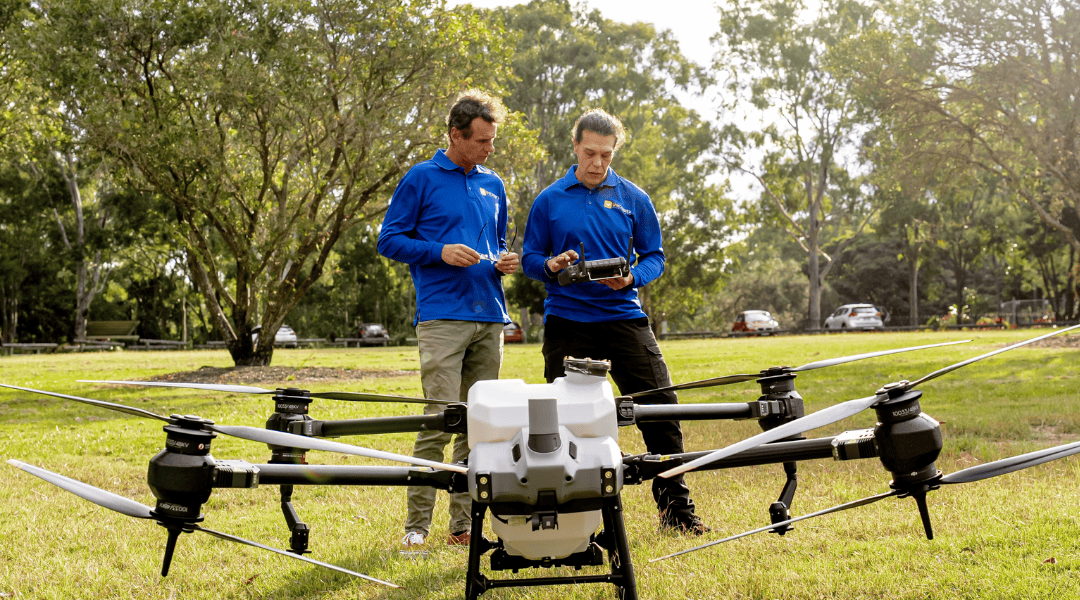The Bureau of Meteorology provides a wide range of weather related products and services to the Australian aviation industry. From 10 November 2016, the Bureau has introduced changes to some aviation products to better comply, where practical, with the standards set out by the International Civil Aviation Organization (ICAO).
The changes apply to the following products:
- Low-level area forecast (ARFOR)
- SIGMETs and
- AIRMETs.
Low-level area forecast (ARFOR)
Changes to the vertical extent of an ARFOR
Area forecasts now cover the airspace between the surface and 10,000 feet AMSL compared to the previous area forecast which covered the airspace from the surface to 20,000 feet AMSL.
You can obtain weather information for airspace above 10,000 feet AMSL from medium and high-level significant weather (SIGWX) charts, grid point wind and temperature (GPWT) charts and the NAIPS wind/temperature profile.
SIGMET
Changes to Australian SIGMET sequence numbers and the remarks line (RMK)
SIGMET sequence numbers
Australian SIGMET sequence numbers will no longer reset at 0001UTC, and instead the sequence numbering will continue until the SIGMET for the event is cancelled. Should more than 99 SIGMETs be issued for a particular event, the number portion of the sequence number will go from 99 to 02. Sequence number 01 will be reserved for new SIGMETs.
Remarks line
In addition to changes to the sequence numbering, status information (NEW, EXTD, CNL) has been removed from the remark line of Australian SIGMETs as this information can be determined from other sections as follows:
- NEW – any SIGMET with a sequence number of one, such as X01, will always be a new SIGMET
- EXTD – any SIGMET with a sequence number greater than one, such as X02, will be an extension or a cancellation of a current SIGMET, and
- CNL – cancel information is contained in the body of the SIGMET.
The examples below highlight the comparison between the current SIGMET format and the SIGMET format as of 10 November 2016.
AIRMET
Changes to Australian AIRMET Format
The format of AIRMETs has been changed mostly to align with the International Civil Aviation Organization’s (ICAO) Annex 3 specifications. The new AIRMET follows a very similar format to the existing SIGMET format. Key changes are described in the following table:
Note1 & 2 ICAO Annex 3 threshold for visibility and cloud are 5000 m and 1000 ft respectively. However, to ensure that Australian VMC requirements are adequately met and VFR aircraft are alerted to deteriorating conditions effectively, the Bureau now uses the thresholds as 8 km for visibility and 1500 ft for cloud.
AIRMETs are now issued for the following phenomena:
Visibility: Criteria:
- Widespread areas of visibility of less than 8 km
Cloud: Criteria:
- Widespread areas of cloud coverage of BKN or OVC below 1500 ft above ground level; and
- Isolated, occasional or frequent cumulonimbus or towering cumulus cloud.
Weather: Criteria:
- Thunderstorms—isolated and occasional (with or without hail);
- Moderate icing (not issued separately when icing occurs in convective clouds);
- Moderate turbulence (not issued separately when icing occurs in convective clouds); and
- Moderate mountain waves
Examples of the previous and new AIRMET format:
In addition to ICAO specification, AIRMETs now have the following procedural/format requirements:
- AIRMETs will now not be issued to notify of improvements to weather on an ARFOR; an amended ARFOR will be issued to notify of improvements
- AIRMETs can be issued per ARFOR (like current ARFOR practice) or per phenomenon, which could be across ARFORs and/or FIRs (like SIGMETs) at the forecaster’s discretion (note: an AIRMET is required for each affected FIR) and
- AIRMET will now be cancelled when the phenomenon is included in the amended ARFOR.
For more information go to: Bureau of Meteorology > Aviation Weather Services > Product change information AIRMET







This fiddling around the edges unfortunately still fails to provide plain English weather which would be a significance safety related measure
Congratulations to all those who have learned how to translate these weather products.
However it is odd that a product with such a significant influence over aviation safety is still published in a code that could be seen as having been specifically designed to trap inexperienced players.
As most recreational pilots operate at 0 to 10,000 feet, perhaps consideration could be given to publishing ARFORS in plain English to improve safety?